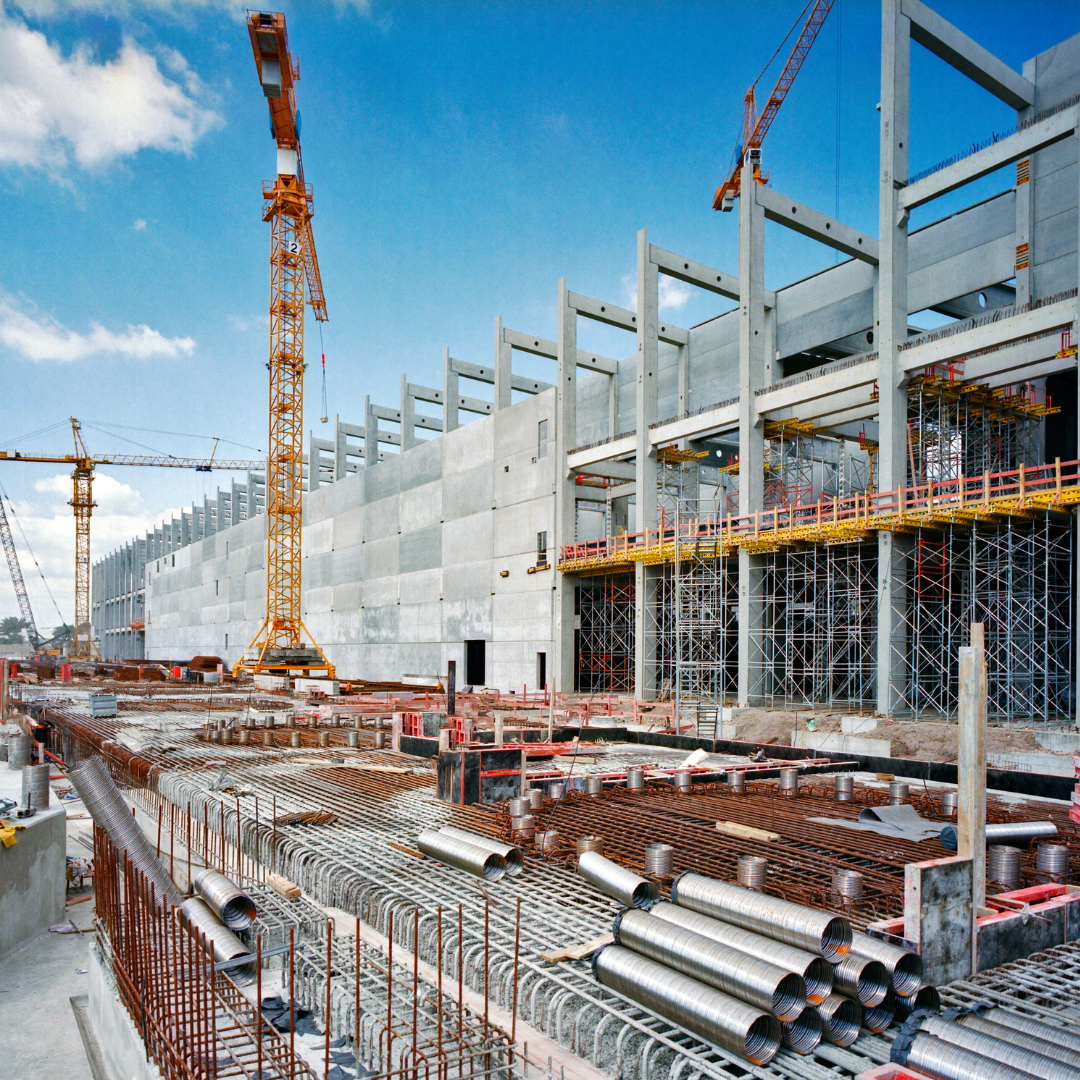Navigating the challenging landscape of the construction industry demands resilience. Especially amid soaring material costs and financial constraints that pose increased insolvency risks for smaller businesses. This sector, heavily regulated by a combination of health and safety laws and building standards, underscores the criticality of compliance for safe and secure building practices.
Understanding the Regulatory Landscape Central to ensuring compliance within a construction business is comprehending the regulatory framework. Key among these regulations is the Health and Safety at Work Act 1974, a pivotal intervention ensuring fundamental safety provisions for employees in the workplace.
Legislation enacted in 1992 and 1998 delineate specific regulations governing employee healthcare responsibilities, provision of requisite equipment to mitigate injury risks, and assessments to address manual handling risks for workers.
Safety Equipment
Safety Gear and Training An indispensable facet of these regulations is the Personal Protective Equipment at Work Regulations 1992, stipulating employers’ responsibility in providing tailored personal protective equipment (PPE) catering to individual tasks and associated risks. Essential PPE includes hard hats, face masks, protective clothing, gloves, boots, eye masks, and other protective gear.
Diverse daily risks demand appropriate PPE tailored to each task, accompanied by comprehensive training to ensure correct usage and avert inadvertent injuries arising from misuse.
Training
Proper staff training assumes paramount importance in upholding site compliance with health and safety regulations. Inadequate adherence to proper techniques in handling heavy materials or coordinating equipment movements can render a site non-compliant. Regular training sessions not only cultivate a self-regulatory environment but also ensure comprehensive understanding of best practices for hazardous tasks.
Construction Adherence to Building Regulations Compliance with regulations that guarantee the safety and durability of completed projects. These regulations encompass safe load capacities for materials, requirements for fire exit placement, and specifications for structural compartments.
Welfare
Ensuring Site Safety Amidst these stringent regulations, welfare hire emerges as an essential component. Access to welfare vans and units equipped with necessary facilities on-site promotes worker well-being and ensures compliance guidelines. These units serve as crucial hubs for employee rest, equipped with amenities essential for maintaining site safety standards and regulations.
Navigating construction industry necessitates a thorough understanding of regulations spanning worker safety, equipment standards, and building compliance. Welfare hire emerges as an integral part, safeguarding worker well-being and site adherence to stringent safety protocols.




